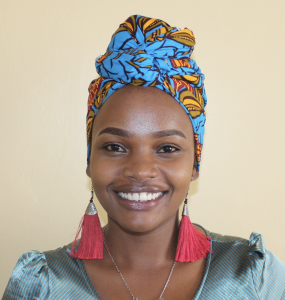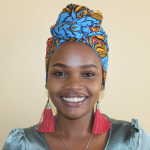Irovo Orphanage Academy was started in 2005 as an initiative of Mr. Alfred Liuva. The name Liuva means 'sun' in the Tiriki language, and indeed the sun rose on the orphans of the area as Mr. Liuva caught the vision of providing food, accommodations, and education for these children. At first, Mr. Liuva sent the children out to other schools each morning until he realized that students were getting tired from walking to school each morning, walking back for lunch, and then out again in the evenings. That is when Mr. Liuva added classrooms and started this school. The orphanage has registered its first Class 8 candidates this year. Irovo Orphanage Academy currently has an enrollment of 206 children, some of whom are boarding students.
The school has very few buildings. The 4 classrooms are subdivided into 2 spaces each using plywood so that they can accommodate all the students. There is 1 mud-walled kitchen, a mud-walled dormitory for girls, and the boys sleep in the adjacent rooms in the staff building.
The orphans do not pay any school fees. The school owns a farm that is cultivated by the pupils so that they can harvest their sown food. Some of the guardians of the orphans bring farm produce to sustain the orphans, too.
The subjects taught at Irovo Orphanage Academy include mathematics, social studies, religious education, English, and Kiswahili. The subjects are few because the orphanage depends on volunteer teachers who are mostly college students. The pupils are allowed to play football during game time. Recently the orphanage management discovered great talent in one of the orphans who hails from Uganda. The girl has made it to nationals and will be encouraged to pursue her talent.
The day to day activities here, however, are much more difficult because there is no water at the orphanage. Each day in this school begins with pupils waking up early to go to the stream and fetch water. All of the effort to walk to the stream, fill containers, and carry them back to school is for dirty water that exposes these children to waterborne illnesses. The water fetched early in the morning does not meet the needs of the boarding students, so they have to make multiple trips for bathing, cleaning, and drinking.

What we can do:
Training
Training on good hygiene habits will be held for 2 days. The facilitator will use participatory hygiene and sanitation transformation (PHAST), asset-based community development (ABCD), establish a child-to-child health club (CTC), lectures, group discussions, and handouts to teach health topics and ways to promote good practices within the school. The health club will prepare students to lead other students into healthy habits.
Handwashing Stations
The 2 handwashing stations will be delivered to the school, and the student health club members will fill them with water daily and make sure they are always supplied with a cleaning agent such as soap or ash.
VIP Latrines
"The hygiene and sanitation standard at the school is not very good. The number of facilities is less compared to the student population. We are requesting [you] to kindly assist us so that we can uplift the sanitation situation in our school," said Head Teacher Khanyasti. There are currently only 3 latrines per gender.
2 triple-door latrines will be constructed with local materials that the school will help gather. 3 doors will serve the girls while the other 3 will serve the boys. And with a new source of water on school grounds, students and staff should have enough to keep these new latrines clean.
Rainwater Catchment Tank
A 50,000-liter rainwater catchment tank will help alleviate the water crisis at this school. The school will also help gather the needed materials such as sand, rocks, and water for mixing cement. Once finished, this tank can begin catching rainfall that will be used by the school’s students and staff.
We and the school strongly believe that with this assistance, standards will significantly improve. These higher standards will translate to better academic performance!

 Rainwater Catchment
Rainwater Catchment
 Rehabilitation Project
Rehabilitation Project





































